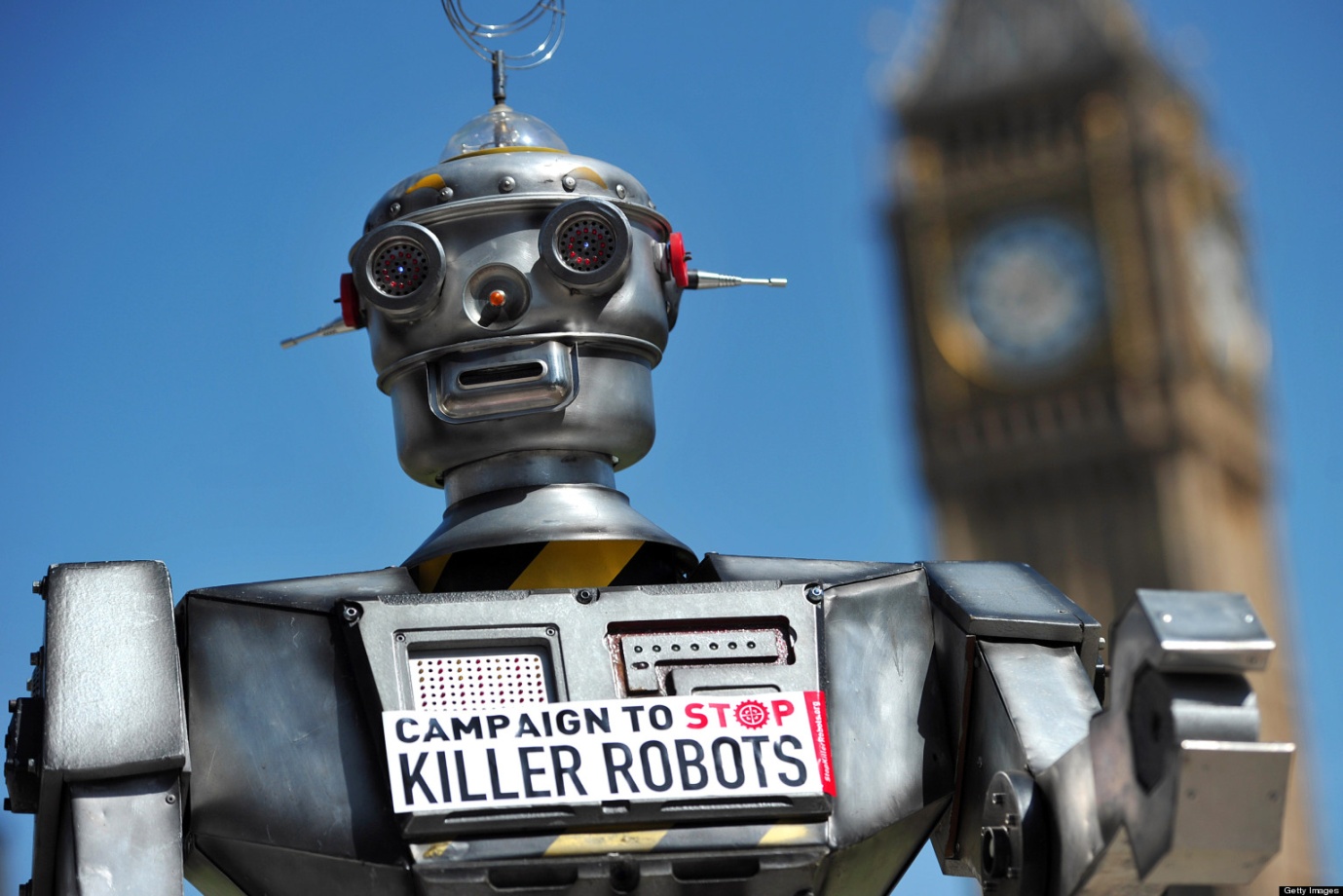Written by Adam Shriver
@adamjshriver
Kidney transplants result in improved quality of life and increased longevity compared to dialysis for patients with end-stage renal disease (Evans et al. 1985, Schnuelle et al. 1998, Wolfe et al 1999). In 2014, the national transplant list in the United States passed a milestone of 100,000 people waiting for kidneys. However, the current rate of kidney donations, both from living and deceased donors, is not high enough to keep up with demand (Becker & Elias 2007). As a result, many people die each year and the quality of life of many more people is significantly diminished.
In response to this problem, various authors have proposed the creation of a regulated market for kidneys whereupon individuals may sell one of their kidneys in exchange for money and possibly other benefits (Matas et al. 2008, Gaston et al. 2006, Radcliffe-Richards et al. 1998, Radcliffe-Richards 2012, Veatch 2003). Kidney sellers could be paid relatively large amounts of money (~$95,000) while maintaining a cost-effective system due to the savings obtained from moving people off dialysis (Matas 2008). If implemented, a regulated kidney market could result in important increases in quality of life and in survival rates.
I admit I find the arguments from authors such as Matas and Radcliffe-Richards largely persuasive. Nevertheless, their proposals have been subject to a number of criticisms from ethicists that pull on strong moral intuitions. In what follows, I present an alternative model for a kidney market that I believe avoids the most serious objections to kidney markets. In contrast to previous arguments that suggest that the benefits of regulated kidney markets would outweigh the harms, I will propose a model that is harmless, on the best way of understanding a harmful practice. If, as I argue, we can design a kidney market where the decision to give up a kidney does not harm the seller, this suggests that we can reap the benefits of a kidney market without the ethical costs that have raised concerns.Read More »Harmless Kidney Markets



